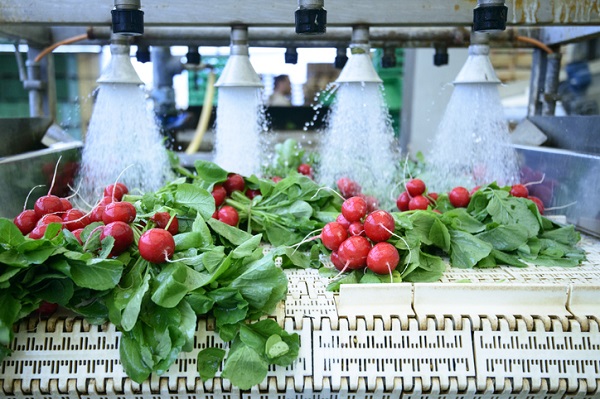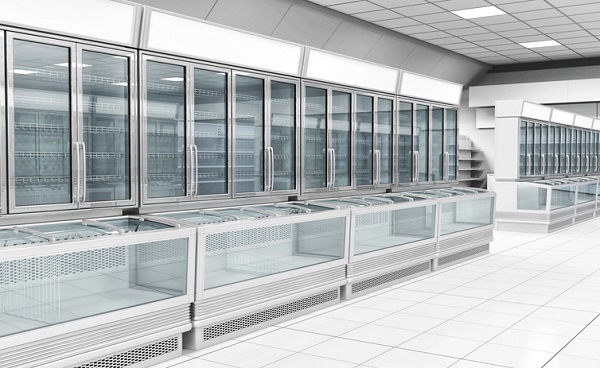
The “kill-step” in food manufacturing is the point at which dangerous pathogens are removed from the product. This is often done by killing the pathogens. It is one of the most important steps in keeping food safe. Outbreak prevention is a priority in the food industry and must be taken seriously and optimized. Since bacteria ends up on almost every food ingredient, it must be managed and prevented from reaching harmful levels in the food consumed by the public. Some kill-step processes include:
- Cooking
- Pasteurization
- Chemicals
- Freezing
Read on to learn why this step is so necessary for food safety and quality control.
How Different Kill-steps Work in Food Quality Assurance
There are different kinds of kill-steps in food quality assurance, and they are all targeted specifically to the needs of the product being handled. It’s important to understand different types of kill-steps to be able to properly use them for the task at hand.
Cooking heats food to the point where pathogens die. This can be done through reheating as well.
Pasteurization heats food, but without significantly altering its composition the way that cooking can. Bacteria is killed through pasteurization.
Chemicals can be used to wash off bacteria, reducing pathogens present. This is often done with fresh produce using an anti-microbial wash.
Freezing for a length of 1 week kills harmful parasites present in raw fish. This kill-step does not eradicate bacteria, however.

Chemicals can be used to wash pathogens off of vegetables, so they can be safely consumed raw
These steps are applied with the knowledge of tolerance levels in microorganisms, surpassing them to kill the targeted type. Certain foods need multiple kill-steps to eradicate different types of microorganisms.
Customer kill-steps are used to place the final kill-step in the home of the consumer. For example, instructions to heat food to a certain temperature for a certain amount of time, or microwaving instructions, are kill-steps that the customer undertakes. There is some debate over this method, as it relies on untrained people following instructions with unreliable equipment.
Kill-step Validation in Food Quality Control
Food quality control is based on hard evidence, and scientific proof is needed in kill-steps. Most food products have a kill-step at the point of production, but there is a need for a validation procedure that ensures safety.
For this validation to be successful, it needs:
- Diverse expertise
- Detailed design
- Information on sources of process variability
- Adequate containment facilities
Validation saves wasted money, time, and resources. It reduces recalls, builds confidence in consumers and protects the public from foodborne illness. Procedures can be done using a surrogate, in a containment facility, with a pathogen of concern. With this method a microbiologist mimicks the process of the kill-step and observes its efficacy.
Validation can also be done using mathematical models, or peer review.

Process validation allows for factories to carry out kill-steps effectively
Why the Kill-step Is Different from Refrigeration
Killing bacteria can sometimes be confused with preventing its growth.
For example, in many cases:
- Refrigeration slows growth of bacteria
- Cooking kills bacteria that has grown
This means that storing food properly is not enough to eradicate harmful pathogens that cause foodborne illness. Graduates of a food safety program will understand this difference, as both are key parts of maintaining high quality and safety standards in food.

Refrigeration equipment is designed to slow bacteria growth, but kill-steps eradicate pathogens
Are you interested in a food quality assurance program?
Find out more about the programs available at AAPS!



